Home>Home Appliances>Home Automation Appliances>What Happens If You Incorrectly Hook Up A Thermostat
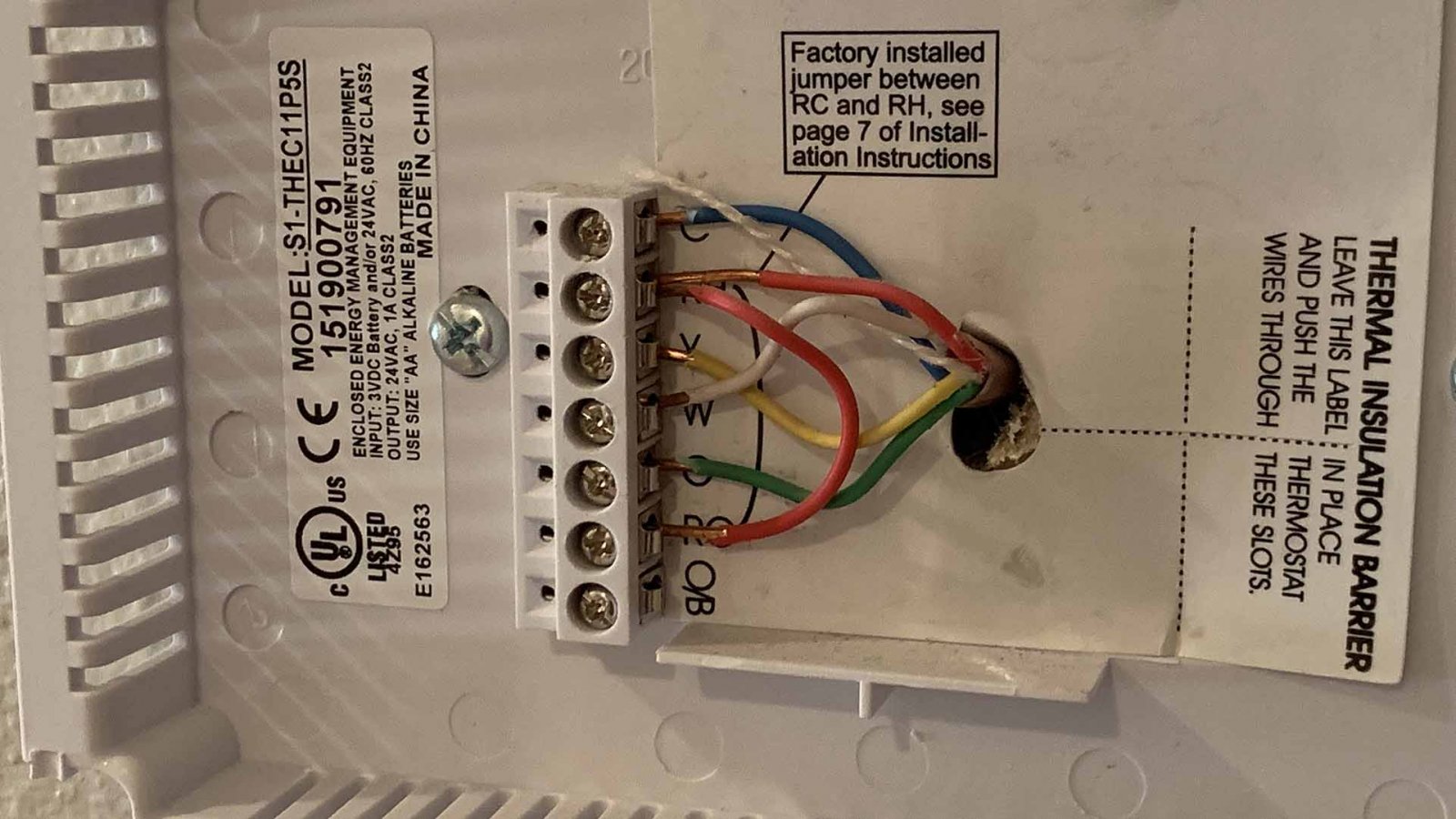

Home Automation Appliances
What Happens If You Incorrectly Hook Up A Thermostat
Modified: October 19, 2024
Discover the consequences of incorrectly connecting a thermostat to your home automation appliances. Learn how to avoid potential issues and ensure proper functionality.
(Many of the links in this article redirect to a specific reviewed product. Your purchase of these products through affiliate links helps to generate commission for Storables.com, at no extra cost. Learn more)
**
Introduction
**
Welcome to the world of home automation, where comfort and convenience are seamlessly integrated into our daily lives. One of the key components of a smart and energy-efficient home is the thermostat. This unassuming device plays a crucial role in regulating the temperature of our living spaces, ensuring that we stay cozy in the winter and cool in the summer.
In this article, we'll delve into the intricate workings of thermostats, exploring the potential pitfalls of incorrect wiring and the repercussions that may follow. Whether you're a seasoned DIY enthusiast or a homeowner looking to understand the intricacies of thermostat installation, this guide will provide valuable insights into the importance of proper wiring and the potential consequences of getting it wrong.
So, let's embark on a journey to unravel the mysteries of thermostat installation, gain a deeper understanding of its inner workings, and learn how to avoid the pitfalls that come with incorrect wiring. By the end of this article, you'll be equipped with the knowledge and confidence to ensure that your thermostat is hooked up correctly, keeping your home at the perfect temperature while avoiding any potential mishaps along the way. Let's dive in!
Key Takeaways:
- Improperly wiring a thermostat can lead to system malfunctions, safety hazards, and reduced energy efficiency, highlighting the importance of precise installation and thorough testing.
- Properly hooking up a thermostat requires attention to detail, adherence to wiring standards, and thorough testing to ensure the safety and efficiency of the HVAC system.
Read more: What Happens If Thermostat Is Not Working
Understanding Thermostats
Before we delve into the potential issues surrounding thermostat wiring, it's essential to grasp the fundamental role that thermostats play in our homes. At its core, a thermostat is a device that senses the temperature of a system and maintains it at a desired setpoint by controlling the heating and cooling equipment. In the context of home heating and cooling, thermostats are pivotal in ensuring comfort and energy efficiency.
Modern thermostats come in various forms, from traditional mechanical models to cutting-edge smart thermostats equipped with advanced features such as Wi-Fi connectivity and machine learning algorithms. Regardless of their complexity, all thermostats share the same basic function: to regulate the temperature of a space.
The most common type of thermostat is the programmable thermostat, which allows users to set different temperatures for specific times of the day, enabling energy savings by automatically adjusting the temperature based on the occupants' schedule. On the other hand, smart thermostats take this functionality a step further by learning the household's patterns and adjusting the temperature settings accordingly, often resulting in significant energy savings over time.
Understanding the wiring and configuration of a thermostat is crucial in ensuring its proper function. Thermostats typically have multiple wires that serve different purposes, including controlling the heating and cooling systems, powering the thermostat, and enabling communication with external devices. Each wire has a specific color and designation, and understanding their roles is essential for correct installation and operation.
Now that we have a foundational understanding of thermostats and their significance in home comfort and energy management, let's explore the potential complications that can arise from incorrectly hooking up a thermostat.
Incorrect Wiring: What Could Go Wrong
When it comes to thermostat installation, the wiring process is a critical aspect that demands careful attention. Incorrectly wiring a thermostat can lead to a myriad of issues, ranging from minor inconveniences to significant system malfunctions. Understanding the potential pitfalls of improper wiring is essential for homeowners and DIY enthusiasts alike.
One common mistake in thermostat wiring is mixing up the connections or attaching the wires to the wrong terminals. This can occur due to misinterpretation of the wiring diagram, insufficient knowledge of HVAC systems, or simple human error. Regardless of the cause, such errors can have adverse effects on the heating, ventilation, and air conditioning (HVAC) system.
Another potential issue stemming from incorrect wiring is the failure of the heating or cooling system to operate as intended. In some cases, the system may not turn on at all, leaving the occupants without the expected comfort. Conversely, incorrect wiring can lead to erratic behavior, causing the system to turn on and off unexpectedly or produce inadequate heating or cooling.
Furthermore, improper wiring can result in damage to the thermostat itself, as well as the HVAC equipment. Electrical components within the thermostat may be susceptible to damage if exposed to incorrect voltage or short-circuits caused by faulty wiring. Similarly, the HVAC system, including the furnace, air conditioner, or heat pump, may experience malfunctions or reduced efficiency due to improper communication with the thermostat.
In addition to operational issues, safety concerns may arise from incorrectly wired thermostats. Faulty wiring can pose fire hazards or electrical risks, especially if the system is not properly grounded or if the wiring is exposed or damaged. These safety implications underscore the importance of precise and accurate wiring during thermostat installation.
By understanding the potential repercussions of incorrect wiring, homeowners and installers can appreciate the significance of meticulous attention to detail during the installation process. In the following section, we will explore the specific consequences that may arise from improperly hooking up a thermostat.
Always double check the wiring when installing a thermostat. Incorrect wiring can cause the system to malfunction or even cause damage. If you’re unsure, consult a professional to avoid any potential issues.
Potential Consequences of Incorrectly Hooking Up a Thermostat
Incorrectly hooking up a thermostat can lead to a variety of consequences that impact both the functionality of the HVAC system and the overall comfort and safety of the home. Understanding these potential outcomes is crucial for homeowners and installers to grasp the importance of precise wiring and configuration.
One of the primary consequences of improper thermostat installation is the compromised efficiency of the heating and cooling system. When the thermostat is incorrectly wired, it may not effectively communicate with the HVAC equipment, leading to suboptimal temperature regulation. This can result in energy wastage, as the system may run longer than necessary or struggle to reach the desired temperature, ultimately leading to higher utility bills and reduced comfort.
Moreover, incorrect wiring can cause undue stress on the HVAC components, potentially shortening their lifespan and necessitating premature repairs or replacements. For instance, a furnace or air conditioner that operates erratically due to improper thermostat communication may experience accelerated wear and tear, leading to increased maintenance costs and potential system failures.
Inconsistent temperature control is another consequence of incorrectly hooking up a thermostat. Erroneous wiring can lead to temperature fluctuations within the home, with some areas being excessively warm while others remain chilly. This lack of uniform temperature distribution can lead to discomfort for the occupants and may indicate underlying issues with the HVAC system’s performance.
Safety hazards are also a concern when it comes to incorrect thermostat wiring. Faulty connections or exposed wiring can pose electrical risks, potentially leading to short circuits or electrical fires. Ensuring that the thermostat is wired correctly and adheres to safety standards is paramount in safeguarding the home and its occupants from such hazards.
Furthermore, the longevity and reliability of the thermostat itself may be compromised by incorrect wiring. Electrical components within the thermostat can be damaged if exposed to incorrect voltage or if the wiring configuration is incompatible with the device’s specifications. This can result in the need for a replacement thermostat, incurring additional expenses for the homeowner.
By recognizing the potential consequences of incorrectly hooking up a thermostat, homeowners and installers can appreciate the significance of meticulous installation and thorough testing to ensure the proper function of the HVAC system and the safety of the home.
How to Properly Hook Up a Thermostat
Properly hooking up a thermostat requires attention to detail, adherence to wiring standards, and a clear understanding of the HVAC system’s configuration. By following a systematic approach and taking necessary precautions, homeowners and installers can ensure a seamless and error-free installation process.
The first step in properly hooking up a thermostat is to familiarize oneself with the specific wiring requirements of the HVAC system and the corresponding thermostat. This involves carefully reviewing the wiring diagram provided with the thermostat and identifying the designated terminals for each wire. It is essential to match the wires from the HVAC system to the correct terminals on the thermostat to ensure proper communication and functionality.
Prior to beginning the installation, it is crucial to turn off the power to the HVAC system to prevent electrical hazards. This can typically be achieved by switching off the circuit breaker or removing the furnace’s fuse. Verifying that the power is indeed off using a voltage tester is an additional safety measure that should not be overlooked.
Once the power is safely disconnected, the existing thermostat can be removed, and the wires should be labeled according to their corresponding terminals. This labeling ensures that the wires are correctly connected to the new thermostat, preventing any confusion or errors during the installation process.
After labeling the wires, the new thermostat can be mounted on the wall, ensuring that it is level and securely attached. Care should be taken to route the wires through the designated openings on the thermostat and to follow any specific installation instructions provided by the manufacturer.
With the thermostat in place, the labeled wires can be connected to the appropriate terminals as per the wiring diagram. It is imperative to double-check each connection to ensure that the wires are securely fastened and that there are no loose or exposed conductors, which could lead to electrical issues or system malfunctions.
Once the wiring is complete, the power to the HVAC system can be restored, and the thermostat can be configured according to the manufacturer’s instructions. This may involve setting the date and time, programming temperature schedules, and connecting the thermostat to a Wi-Fi network, if applicable.
Finally, thorough testing of the thermostat and HVAC system is essential to verify proper operation. This includes checking the heating and cooling functions, ensuring that the temperature readings are accurate, and confirming that the thermostat effectively communicates with the HVAC equipment.
By meticulously following these steps and exercising caution throughout the installation process, homeowners and installers can ensure the proper hook-up of a thermostat, mitigating the risk of wiring errors and potential consequences associated with incorrect installation.
Read more: How Do You Hook Up A Ring Doorbell
Conclusion
In the realm of home automation and comfort, the thermostat stands as a pivotal device, regulating the temperature of our living spaces and contributing to energy efficiency. Understanding the intricacies of thermostat installation, particularly the potential complications arising from incorrect wiring, is paramount for homeowners and DIY enthusiasts.
Through our exploration of thermostat wiring, we’ve uncovered the potential pitfalls of improper installation and the repercussions that may follow. From compromised system efficiency to safety hazards and premature equipment wear, the consequences of incorrectly hooking up a thermostat underscore the significance of meticulous wiring and configuration.
However, armed with the knowledge of thermostat functionality and installation best practices, homeowners and installers can navigate the process with confidence. By adhering to wiring standards, carefully following manufacturer instructions, and conducting thorough testing, the likelihood of wiring errors and their associated consequences can be significantly mitigated.
As we conclude our journey through the intricacies of thermostat installation, it’s essential to recognize the value of precision and attention to detail in ensuring the proper function of the HVAC system and the safety of the home. By embracing these principles, homeowners can enjoy the comfort and efficiency that a well-installed thermostat brings, while avoiding the potential pitfalls of incorrect wiring.
So, whether you’re embarking on a DIY thermostat installation or seeking professional assistance, remember the importance of precise wiring and thorough testing to safeguard your home’s comfort and safety. With the right approach, you can ensure that your thermostat is correctly hooked up, providing reliable temperature control and peace of mind for years to come.
Frequently Asked Questions about What Happens If You Incorrectly Hook Up A Thermostat
Was this page helpful?
At Storables.com, we guarantee accurate and reliable information. Our content, validated by Expert Board Contributors, is crafted following stringent Editorial Policies. We're committed to providing you with well-researched, expert-backed insights for all your informational needs.
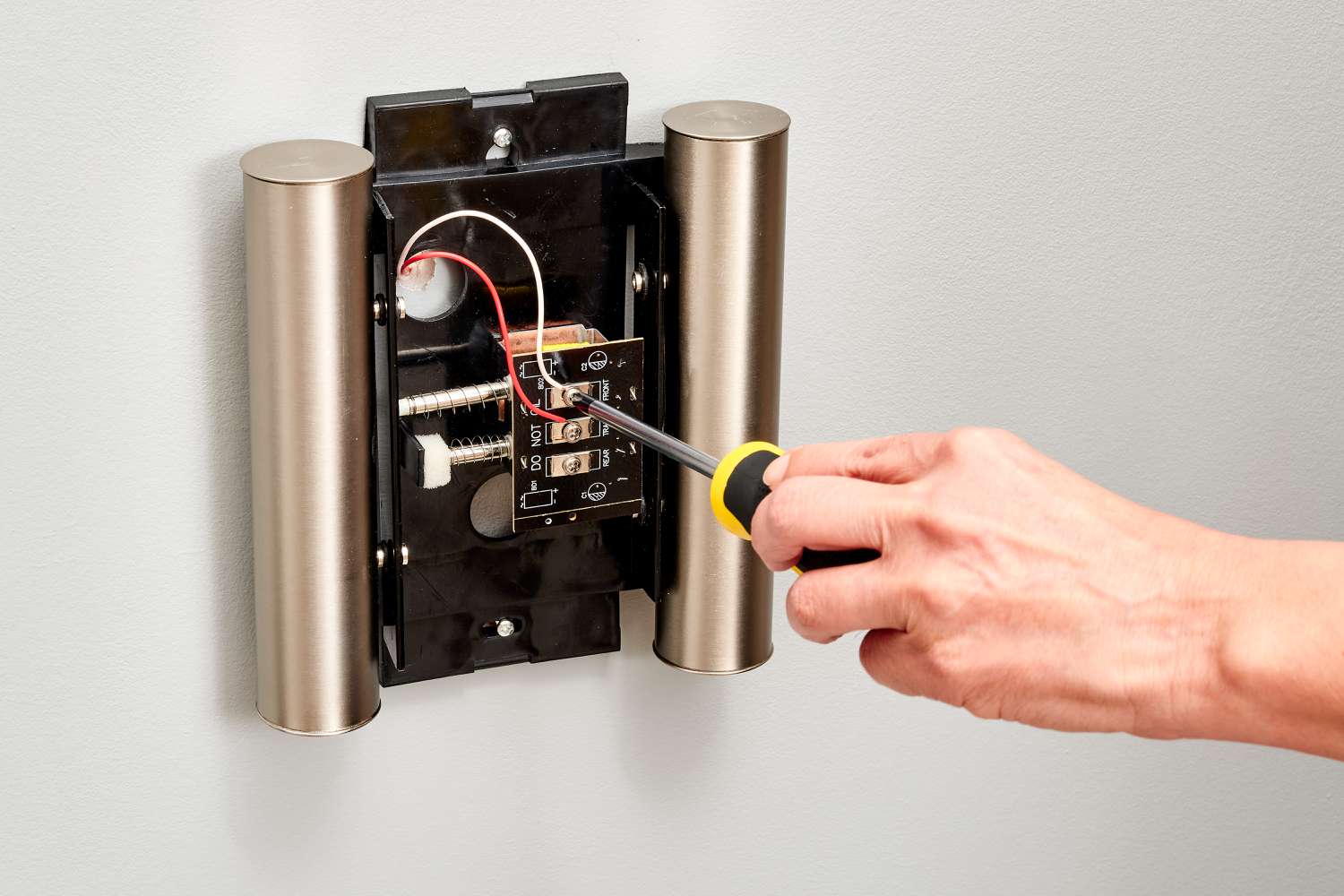
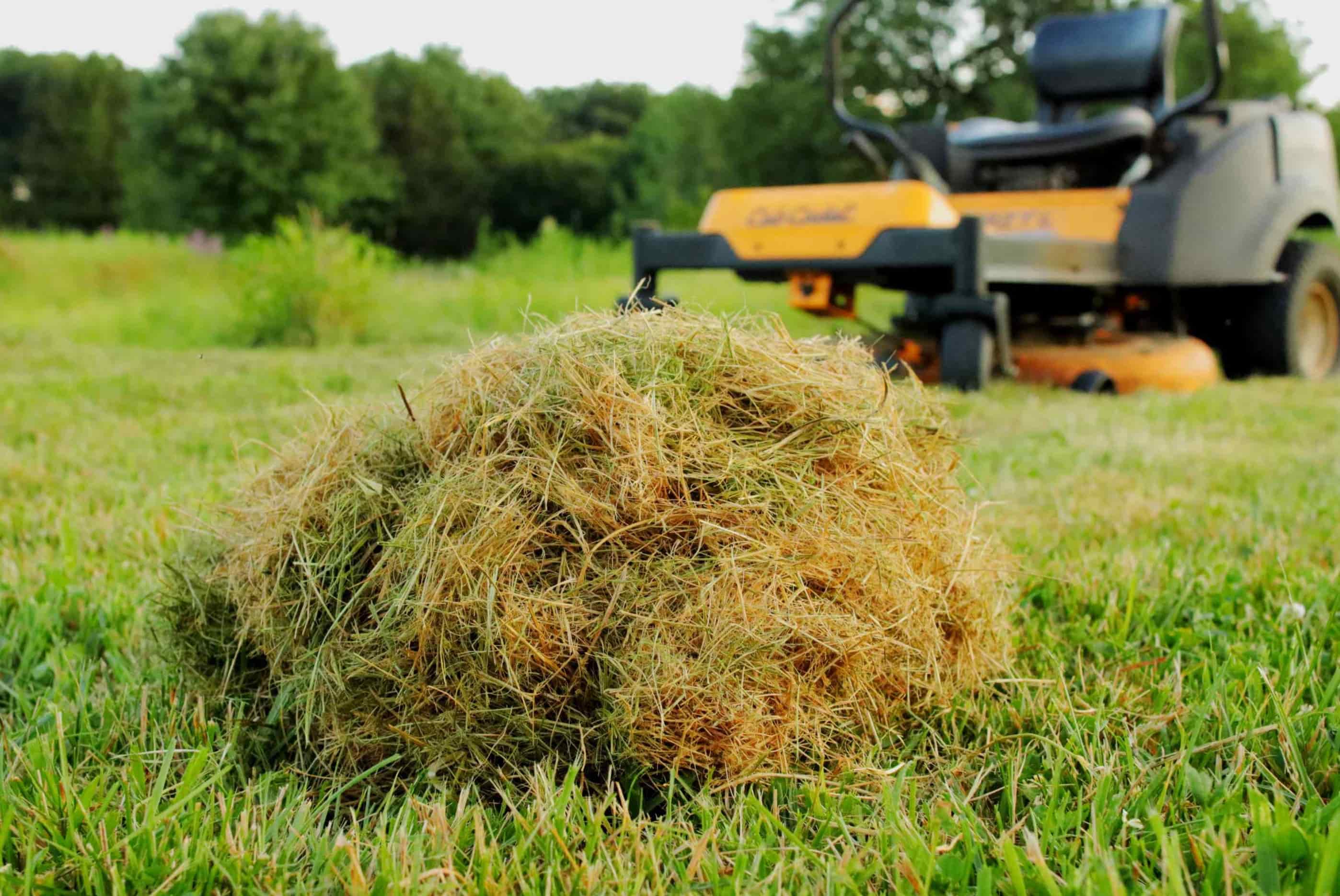
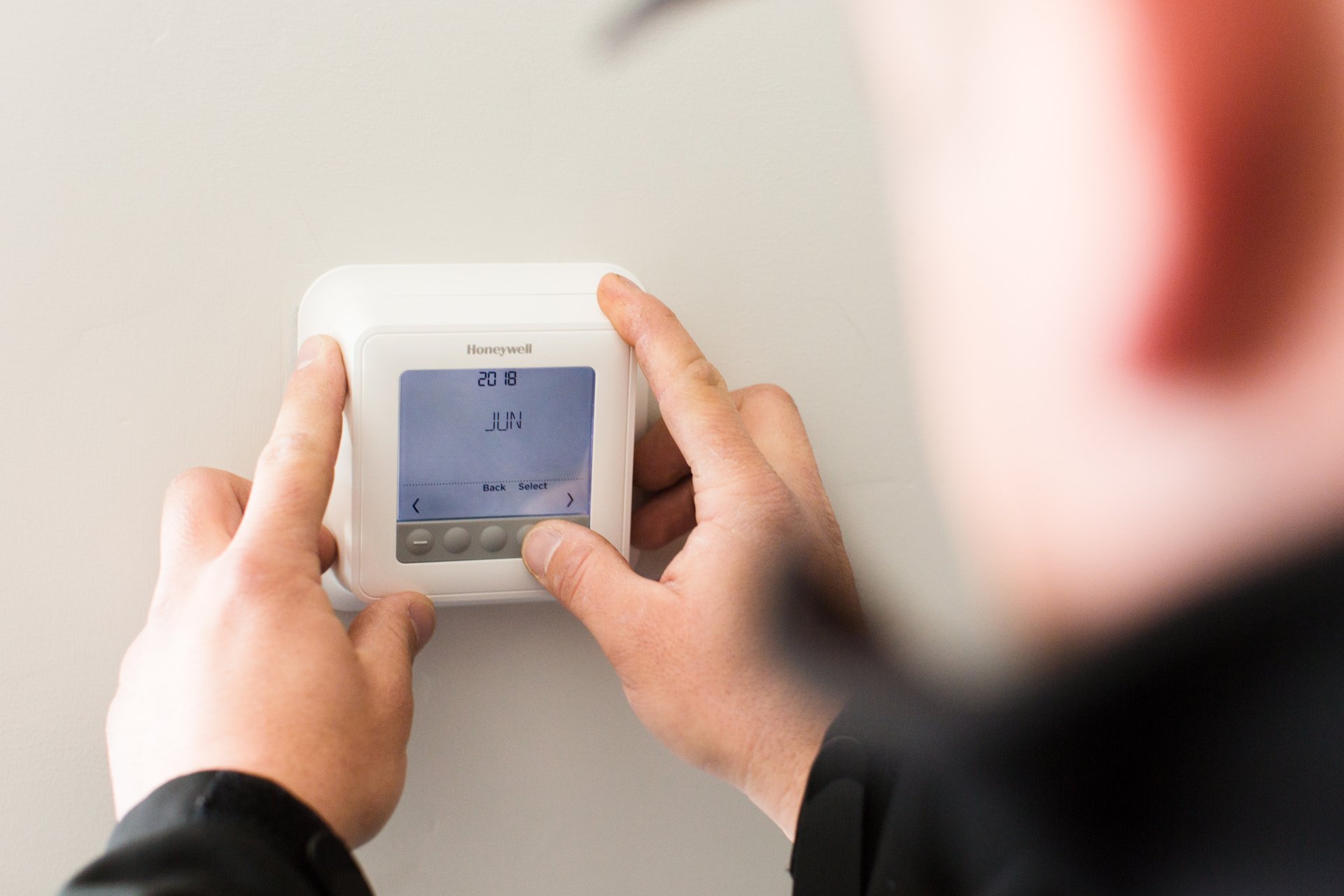
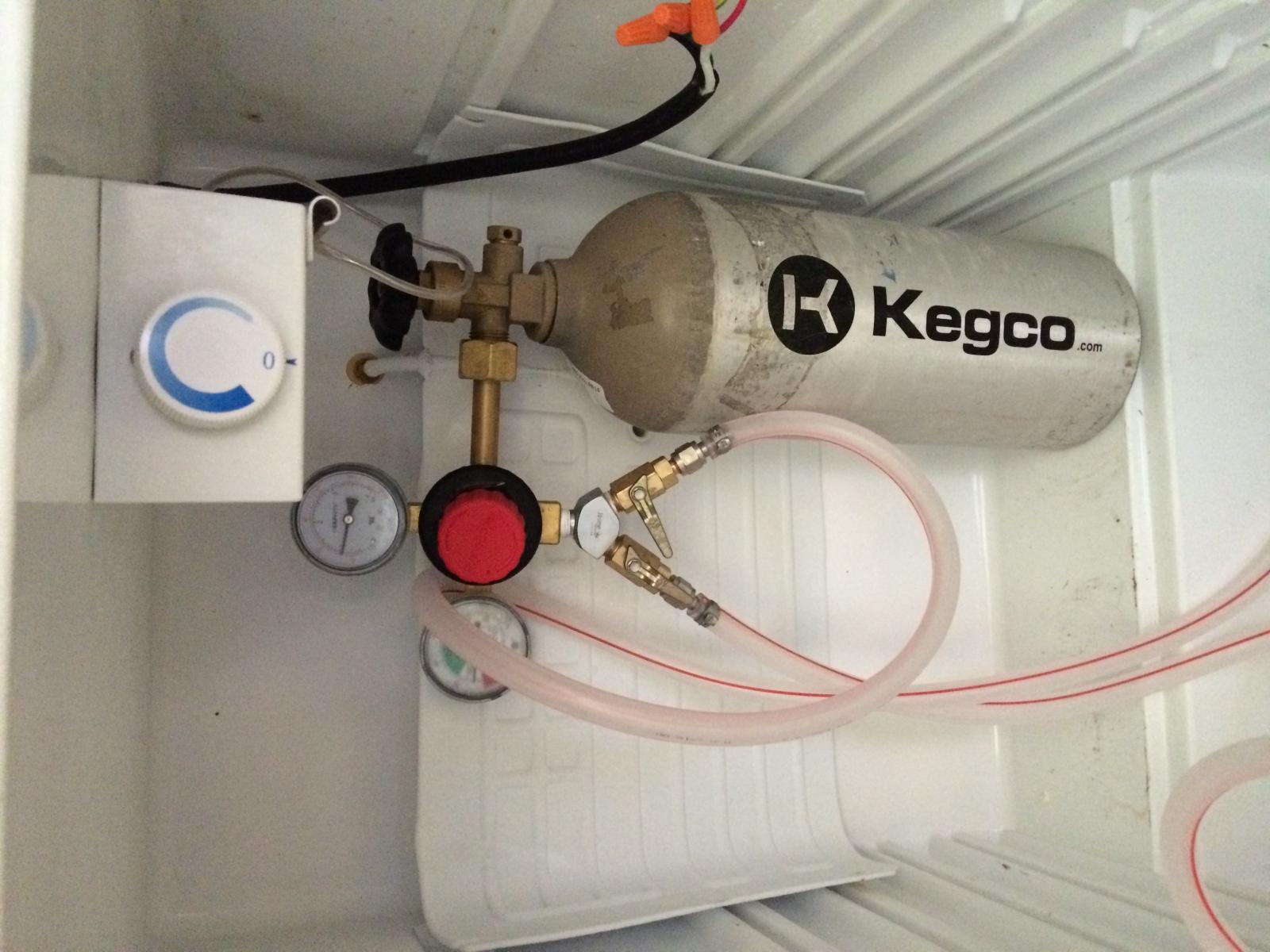


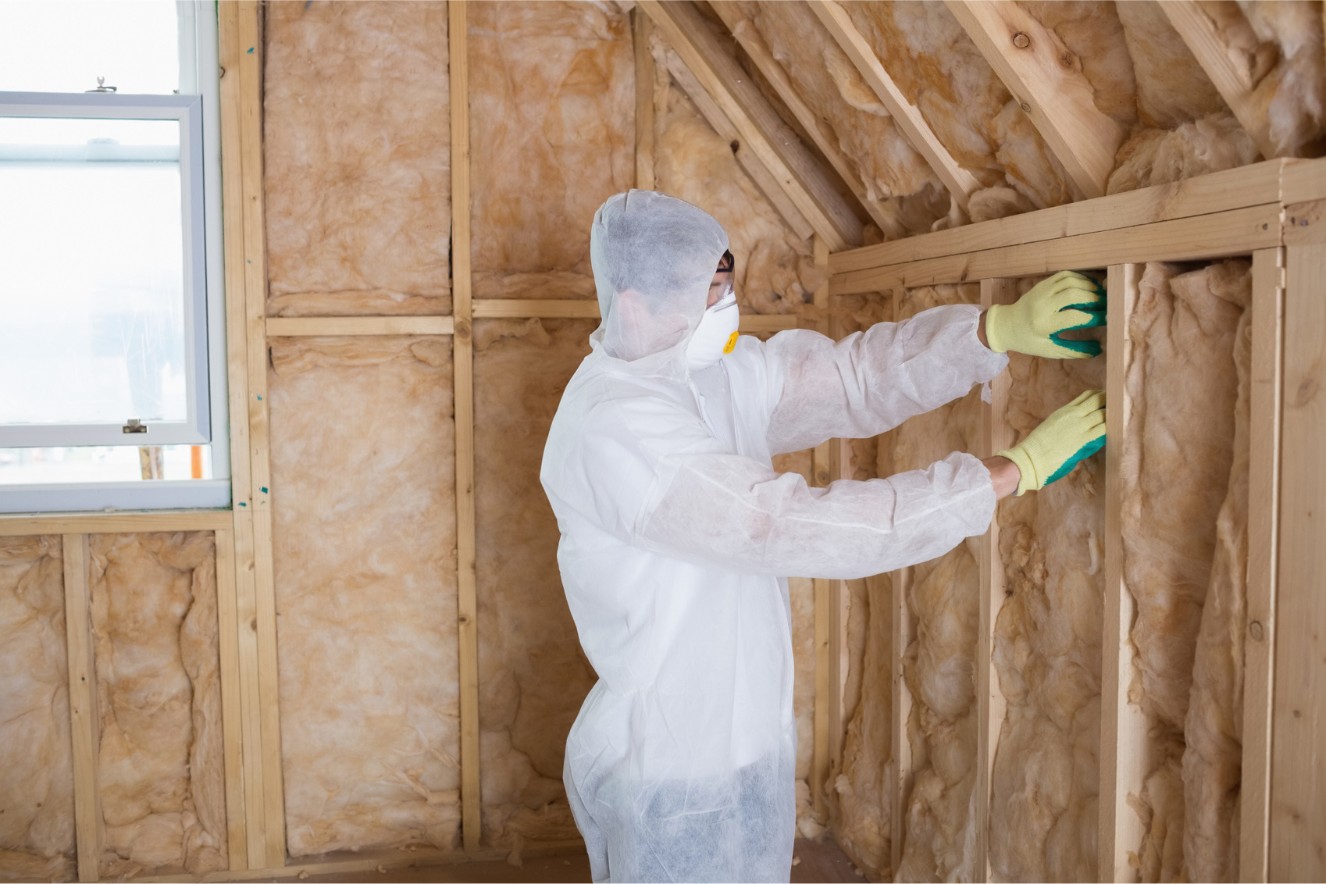
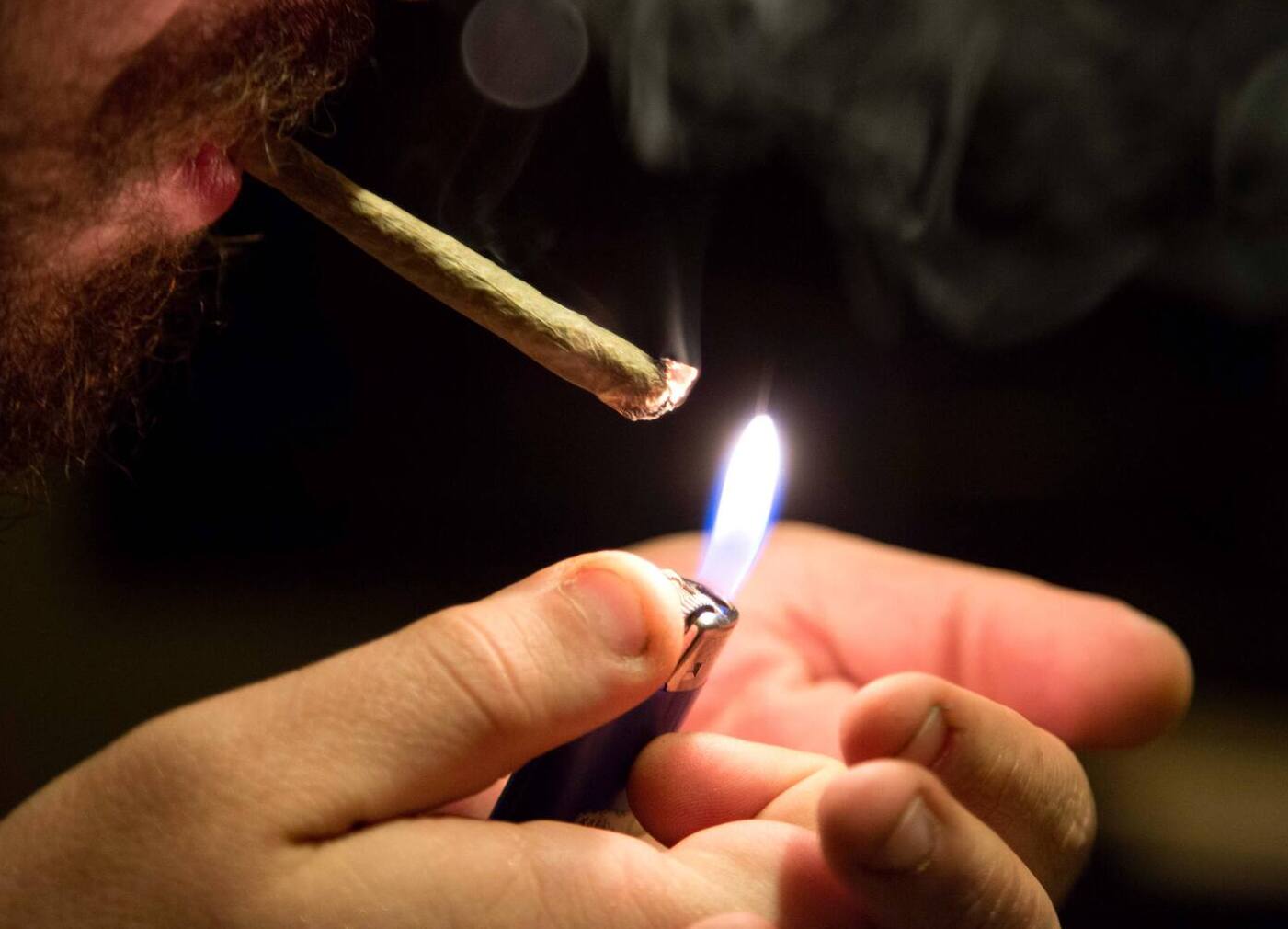
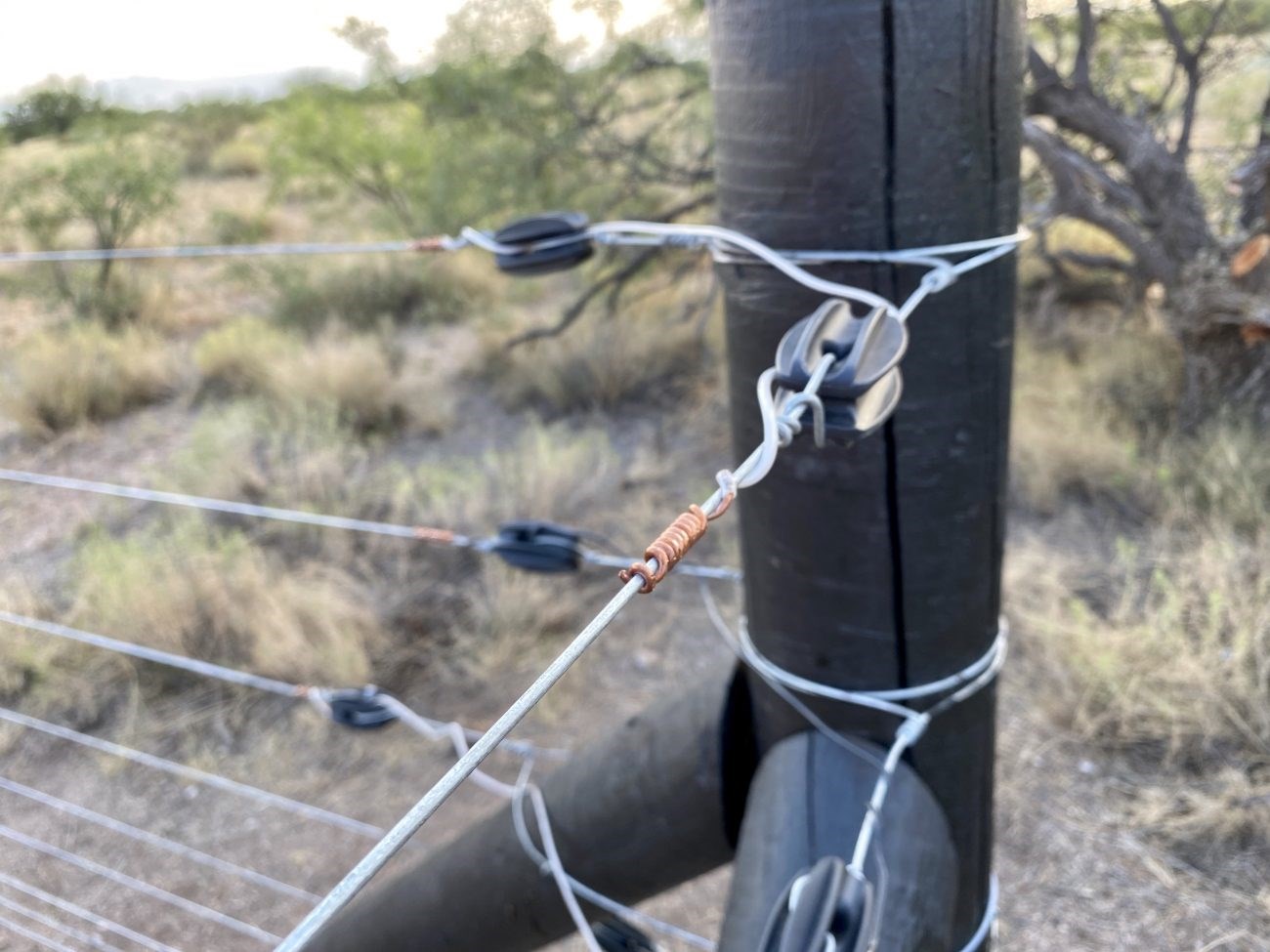
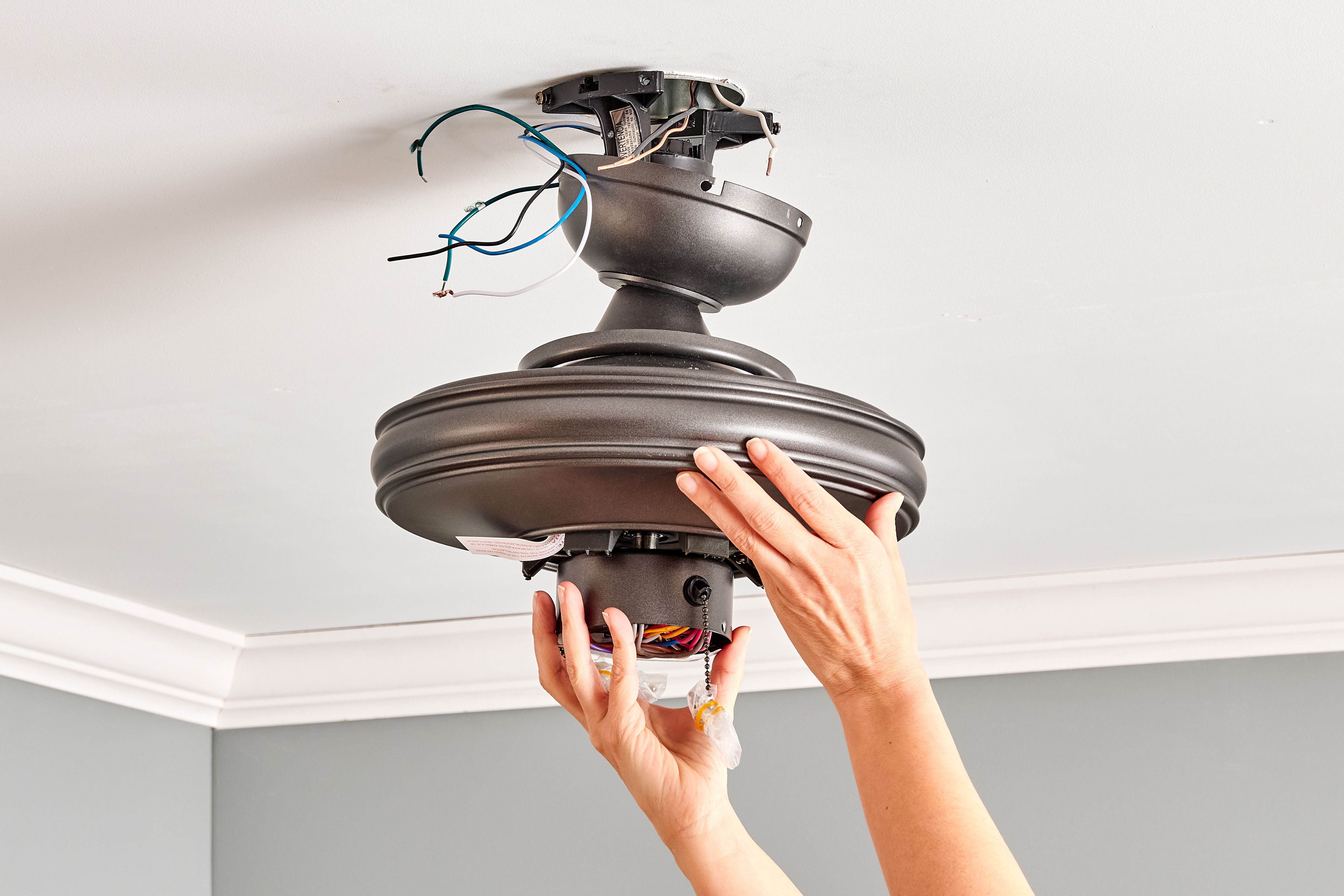
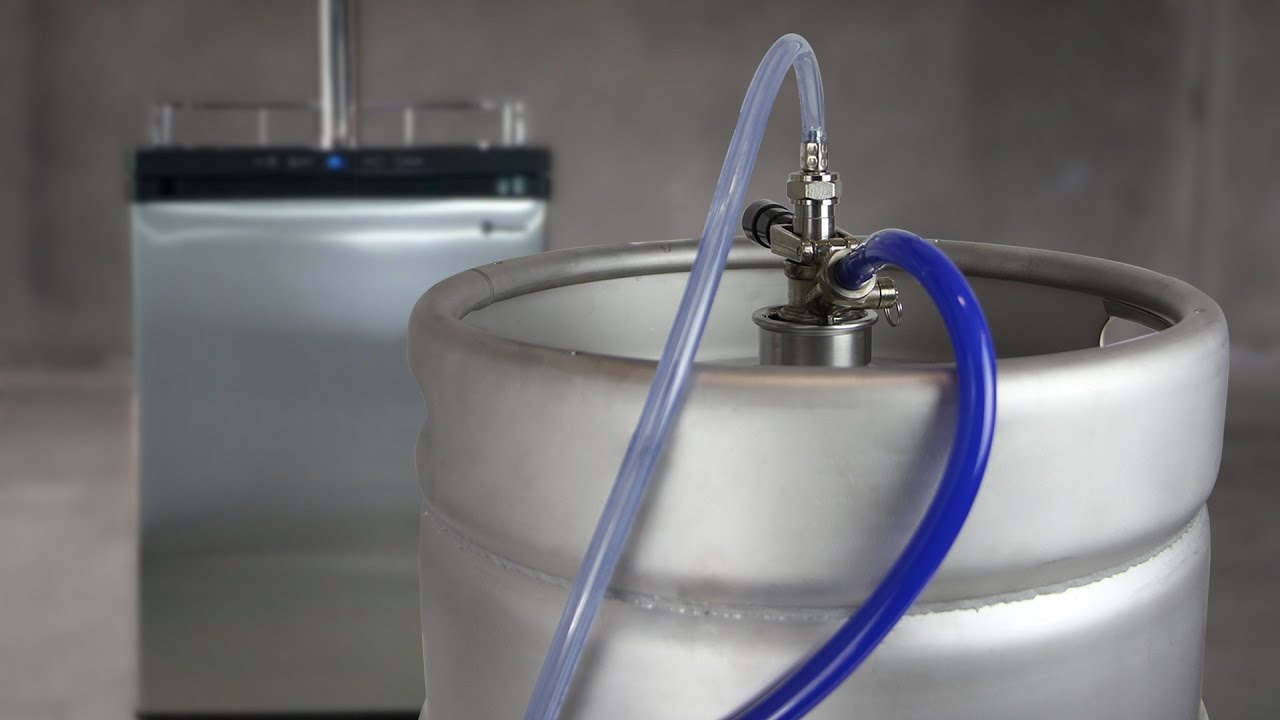
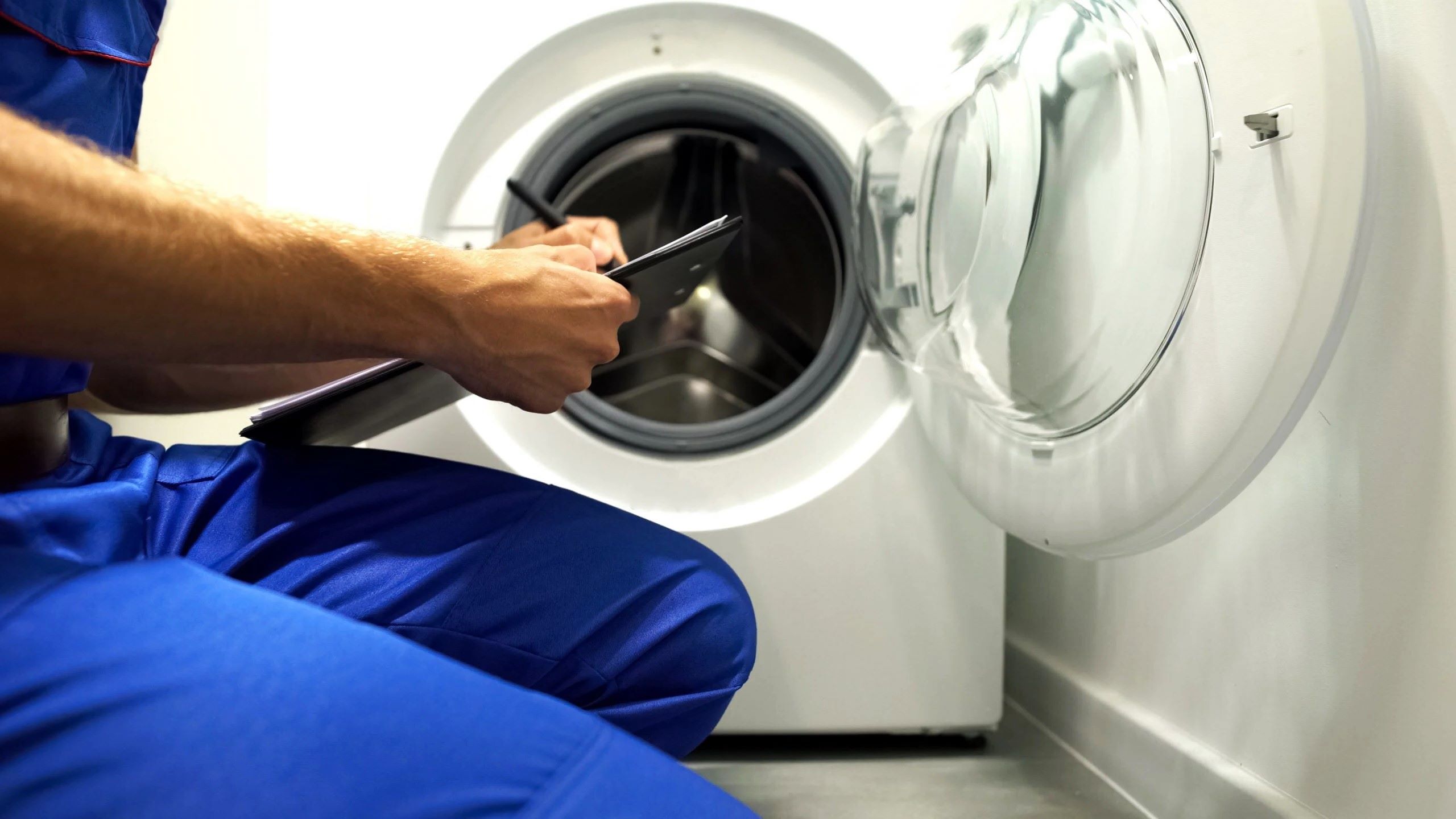
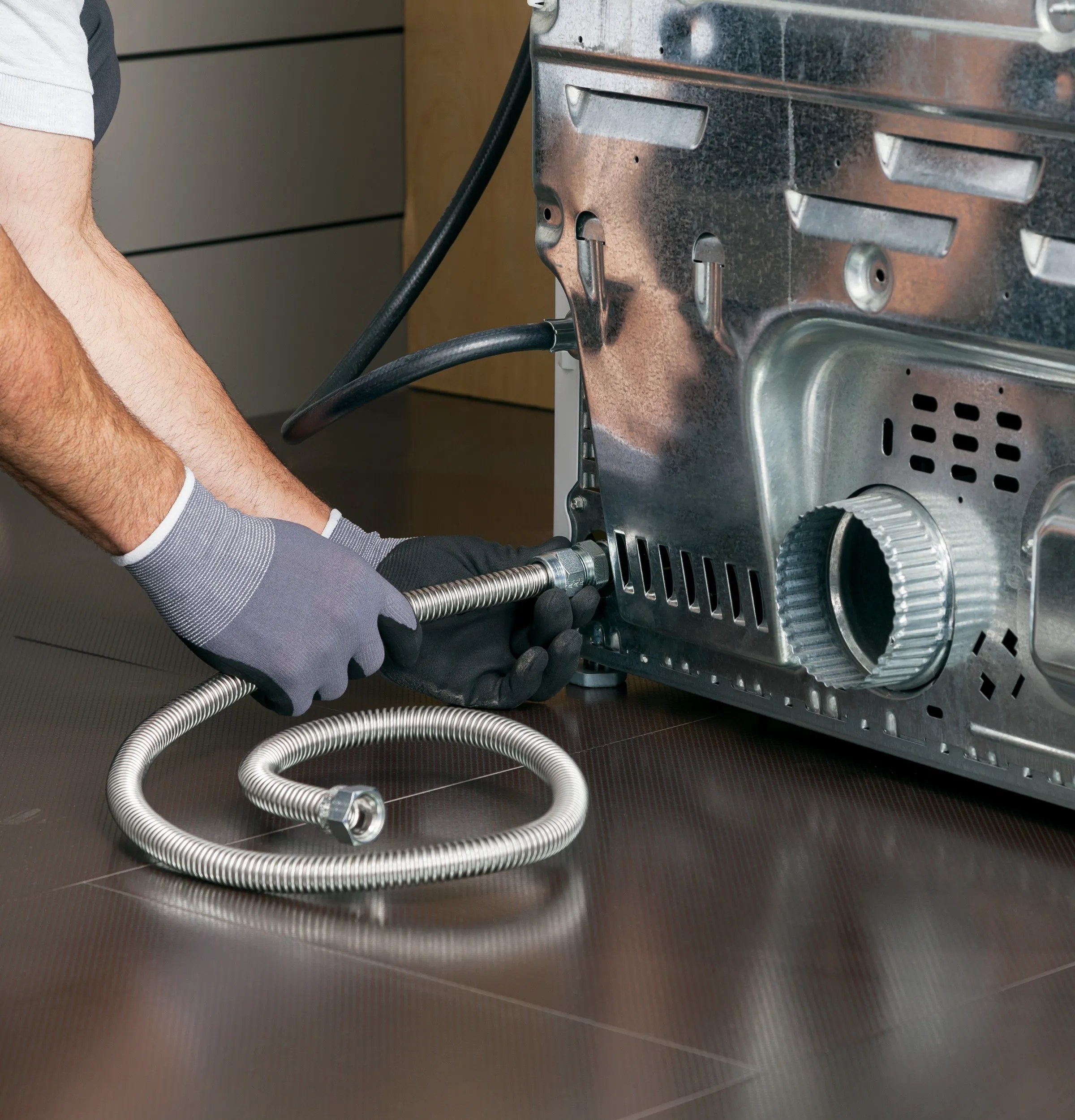
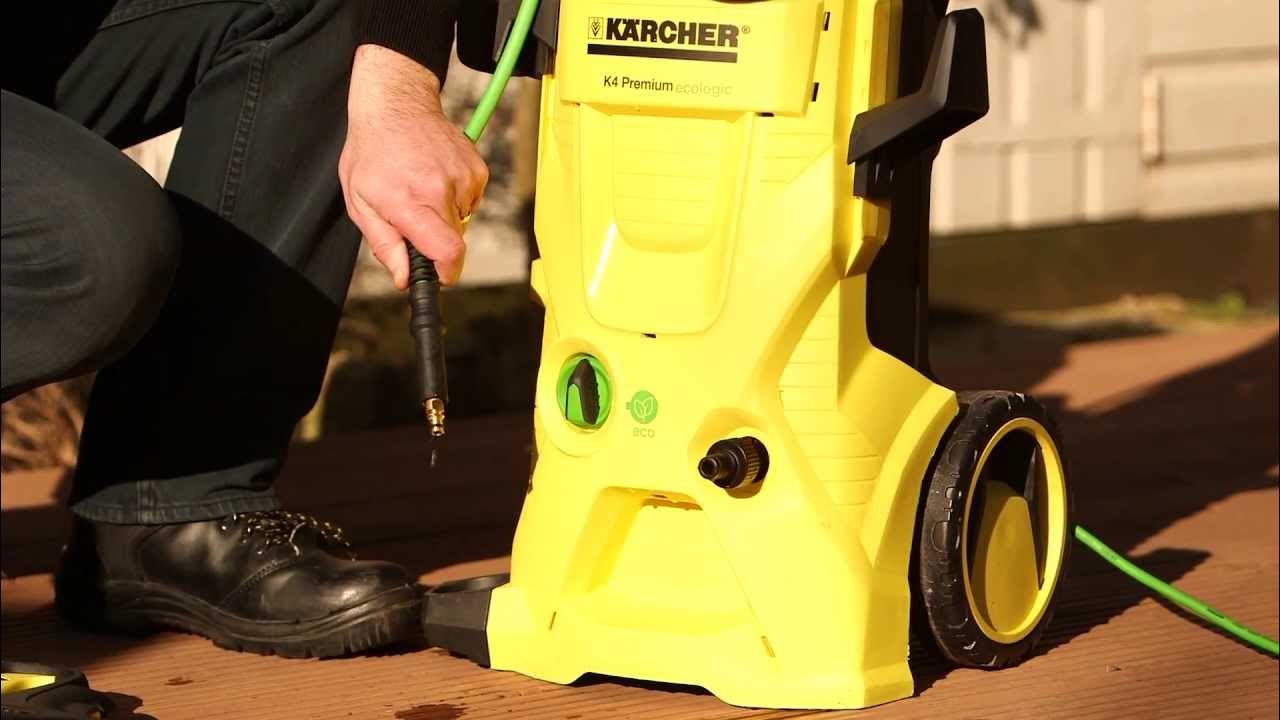

0 thoughts on “What Happens If You Incorrectly Hook Up A Thermostat”